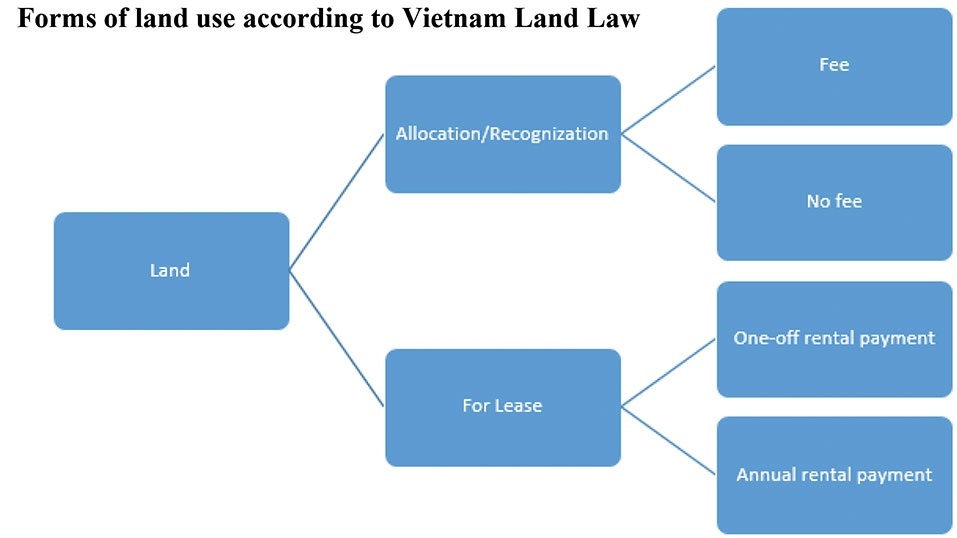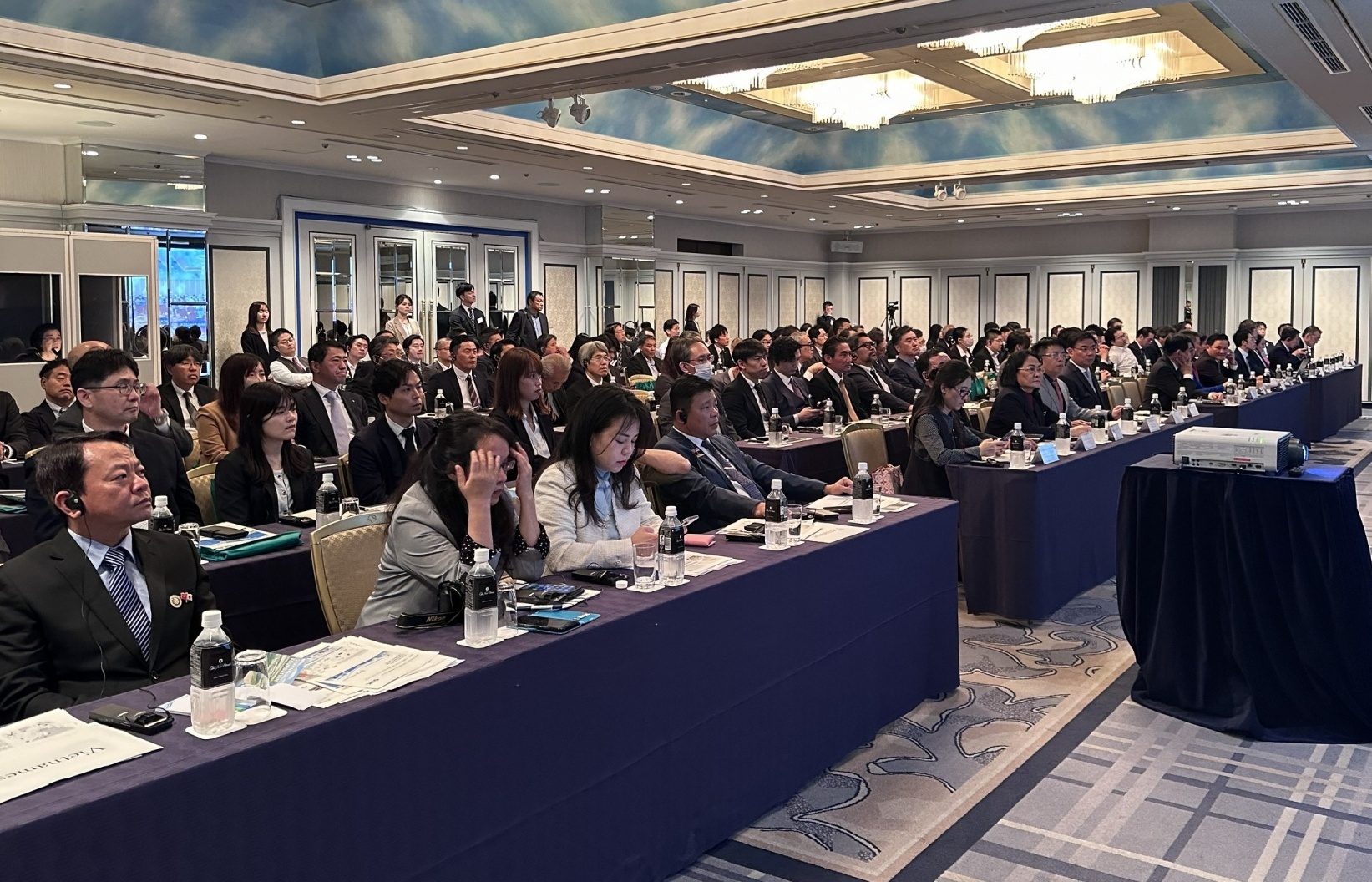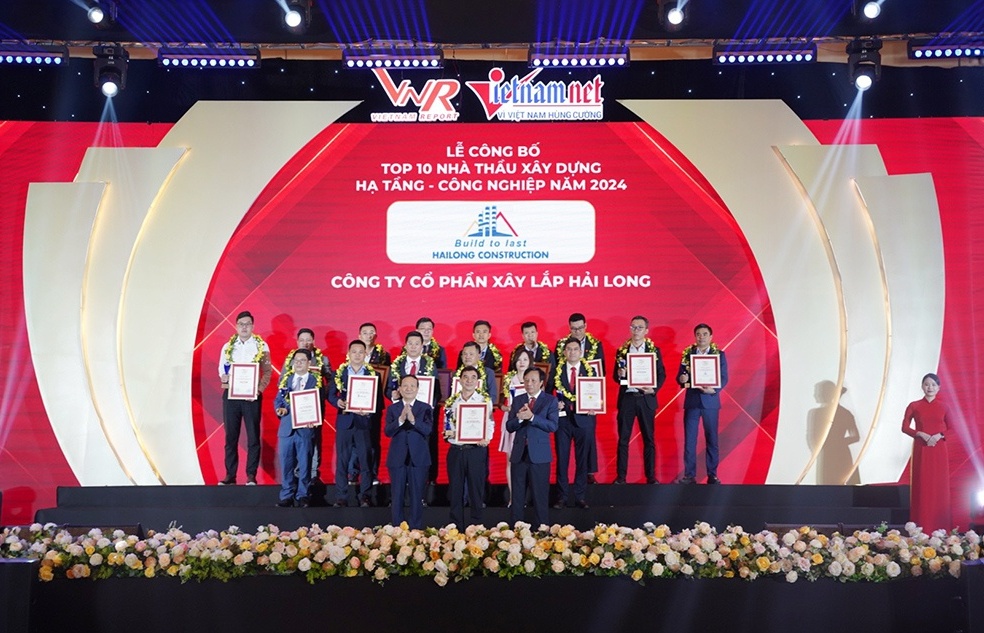Building blocks needed for property M&As

Vietnam’s frozen real estate market has put the brakes on a large number of projects - many indefi nitely.
To address this terminal illness affecting such projects, M&As stand out as a potential cure to bring transactions back to life. Fluid transactions will allow struggling developers to navigate away from the downturn and restructure developments by transferring unfi nished projects to, or getting fi nanced from, more capable developers.
This solution may appear straightforward. However, lengthy and complex real estate investment procedures are discouraging these white knights and crimping the market’s recovery.
ILLUSTRATING MARKET SHORTCOMINGS
To show the market’s infl exibility, investors face numerous hurdles when seeking help, as is evidenced from this typical case.
Consider Investor A of a large, complex commercial project for construction of apartments and offi ces in Ho Chi Minh City’s District 7. Investor A sought to cooperate with a foreign investor, Investor B, who possessed suffi cient fi nancial capital and experience. The two investors agreed to separate and transfer a phase from the larger project to Investor B. The process would ensure the projects are completed within the committed time schedule and quality, benefi ting all parties involved.
To implement the contemplated transaction, Investor A initiated procedures to separate part of the land from the original project. While these separation procedures are relatively straightforward under the law, it took more than seven months for the developer to complete this phase and obtain a land use rights certifi cate (LURC), despite the law stating that it should take no longer than 16 working days.
After obtaining the LURC, Investors A and B entered into a joint venture agreement and submitted an application to the relevant licensing agency to register the joint venture. After more than one month of assessing the application, the agency issued letters requesting opinions from the ministries of Construction (MoC), Planning and Investment (MPI) as well as Natural Resources and Environment (MoNRE). This took more than four months, despite the law stating that it should take no longer than 15 working days.
A further month was required for the parties to outline their intentions to the ministries. Following the explanations, the agency required the completion of a variety of other procedures, including seeking further opinions from local governmental authorities, amending the LURC and adjusting the scale of the original project.
A total of 11 months was spent from the date of submission to the date when the application was submitted to the People’s Committee for issuance of the investment certifi cate.
However, the process did not end there. Another month was required for the People’s Committee to assess the application before an investment certifi cate could be issued. To illustrate the change of mindset that is required, an offi cial involved the process considered the case to have been handled effi ciently and favourably compared to other similar cases, where applications had been sent back to the initial agency for further amendment or clarifi cation. In the end, it took one year for the parties to carry out procedures to obtain a project investment certifi cate, excluding time needed for negotiations.
This prolonged process pushed Investor B close to withdrawing from the project.
RED TAPE HOLDS THE MARKET BACK
Minister of Justice Ha Hung Cuong admitted Vietnamese law may be the most complex in the world due to its “parent-child law” system. Moreover, real estate investment laws are even more challenging because ambiguity and vagueness makes them almost impossible to apply uniformly across diff erent cases.
For instance, real estate business laws only provide for procedures applicable to transfers of an entire real estate project. Yet, partial transfers are not specifi cally covered by law and investors are always required to seek opinions and approval from diff erent agencies until a fi nal resolution is reached. Even for transfers of an entire project, they are only permitted for pending projects or where investors “face diffi culties” or are “unqualifi ed” to implement the project. However, the defi nition of “face diffi culties” or being “unqualifi ed” is still an open question subject to diff erent interpretations.
Furthermore, while project transfers must be assessed by a professional state agency, the law fails to specify the composition of the assessment committee, as well as fails to provide specifi c guidance on criteria or conditions to be considered by the committee when assessing a project transfer. Moreover, without any legal guidance, the additional conditions and criteria set by these committees to grant transfers are often unjustifi ed and counterproductive in the face of business realities. The end result is a frustrated developer unable to transfer a project it is no longer able to continue.
Such ambiguities and red tape have resulted in willing sellers unable to pair up with willing buyers solely because of fears of the uncertain, complex and time-consuming process of consummating the transaction.
Moreover, these long-winded procedures only serve to increase transaction costs of the parties involved and hold the property market and local economy from making a full recovery.
In the provided case study, Investor B deposited $80 million into an escrow account, while the granting of the investment certifi cate was pending. This sum was locked and inaccessible for approximately 12 months – a substantial hit to liquidity and not to mention the loss of business and market opportunities that such funding could have generated.
In addition to failures in the law, the way these applications are handled by of-fi cers and civil servants is disconcerting. While high-level offi cials have purportedly tried to attract foreign investment to “thaw” the market, investors have met a brick wall of bureaucracy and a lack of responsibility. There have also been reports of offi cers abusing the “verifi cation system” by delaying procedures. For example, while the time for handling an application should take 45 days as provided in the Law on Investment, these cadres will almost always wait until the end of the 45-day period to issue a notifi cation to the applicants to amend the application, this means the 45-day time period is reset and further extended.
TIME TO RAISE THE BAR
From practical experience, in the context of real estate transactions, LNT & Partners believe the following is needed to boost real estate M&A activity and improve the market.
First, the relevant bodies - MoC, MoNRE and MPI - need to focus on developing and improving administrative procedures to create a more transparent review process. This can be done by simplifying or streamlining procedures, as well as ensuring these procedures are uniformly applied. MPI Minister Bui Quang Vinh recently proposed abolishing the need for investment certifi cates - except in selected areas with conditions. While there has been huge business community support for this proposal, these selected investment areas “with conditions” is a category that is diffi cult to defi ne and will certainly require bodies to issue further new conditions in the business process.
Second, the transfer of outstanding projects to other more capable players will unlock the market. Therefore, project transfers procedures should be clear, specifi c and have a fi xed timeline for handling and approval. This will ensure a system whereby transactions are actually carried out, not hampered by administrative procedures as is the case now.
Third, a civil management authority is needed to oversee agencies and develop regulations on the accountability of offi cers and civil servants when handling applications. This may be a challenge for the government. But if it is not addressed, when will it be? Urgent action is required considering the gravity of the situation.
Overall, the government can be applauded for taking active steps towards enacting policies and solutions to thaw the real estate market, such as large fi -nancial packages to rescue the market. However, M&A transactions as a self-cure for the market have got little attention.
Improved transparency and investor-friendly procedures will only increase M&A transactions, boosting the number of remedial transactions and allowing the market to correct itself. With so much to gain, the government should not hesitate to quickly implement further reforms to support the market.
What the stars mean:
★ Poor ★ ★ Promising ★★★ Good ★★★★ Very good ★★★★★ Exceptional
Latest News
More News
- The wider benefits of digital signatures in e-transactions (April 18, 2022 | 11:31)
- Interpreting new real estate statutes (August 23, 2021 | 09:20)
- Mitigating procedural delays in pharmaceutical market (July 12, 2021 | 13:00)
- Pros of sandbox regulation for fintech (July 09, 2019 | 13:36)
- Wind power barriers need removing (April 02, 2019 | 09:55)
- Advice for foreign home ownership (November 16, 2015 | 08:37)
- Revised legal framework benefits foreign investors (October 26, 2015 | 07:36)
- Important documents regulating bank guarantee (September 19, 2015 | 11:11)
- Law Changes Open up Opportunities in Property Sector But Questions Remain (September 04, 2015 | 11:27)
- Decree eases constraints (July 27, 2015 | 08:48)
















 Mobile Version
Mobile Version